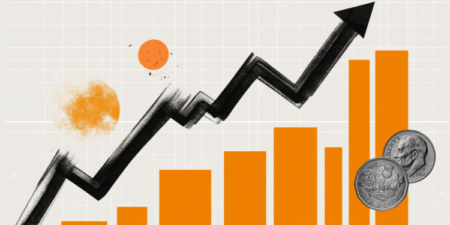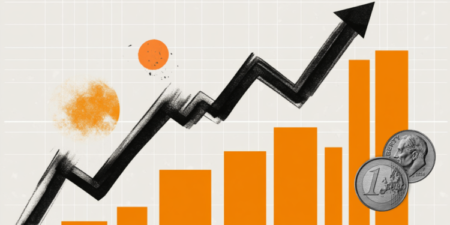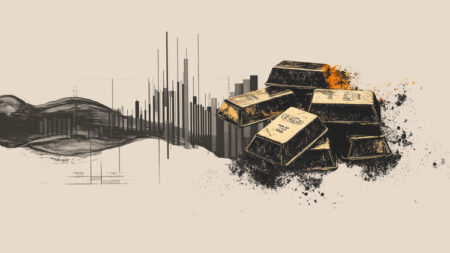- USD/CHF comes under intense selling pressure on Monday amid a combination of factors.
- Trade-related uncertainties weigh on investors’ sentiment and benefit the safe-haven CHF.
- US recession fears and bets for more aggressive Fed rate cuts weigh on the Greenback.
The USD/CHF pair attracts heavy selling at the start of a new week and plummets to levels just below mid-0.8000s, or the lowest since January 2015 during the first half of the European session. The downfall confirms a fresh breakdown through a one-week-old trading range support and suggests that the path of least resistance for spot prices is to the downside.
The severe nature of US President Donald Trump’s international trade policies continues to weigh on investors’ sentiment, which is evident from the underlying bearish tone around the equity markets and underpins the safe-haven Swiss Franc (CHF). This, along with a broadly weaker US Dollar (USD), exerts downward pressure on the USD/CHF pair for the second consecutive day on Monday.
Trump’s back-and-forth tariff announcements have dented confidence in the world’s largest economy and raised the possibility of a US recession. Moreover, bets that the Federal Reserve (Fed) will resume its rate-cutting cycle soon and lower interest rates by 100-basis-point in 2025 drag the USD Index (DXY), which tracks the Greenback against a basket of currencies, to its lowest level since April 2022.
The USD bulls, meanwhile, seem unimpressed by Fed Chair Jerome Powell’s hawkish remarks last week, saying that the central bank is well-positioned to wait for more clarity before making any changes to the stance of policy. In the absence of any relevant US macro releases, the fundamental backdrop favors the USD bears and supports prospects for a further depreciation for the USD/CHF pair.
Tariffs FAQs
Tariffs are customs duties levied on certain merchandise imports or a category of products. Tariffs are designed to help local producers and manufacturers be more competitive in the market by providing a price advantage over similar goods that can be imported. Tariffs are widely used as tools of protectionism, along with trade barriers and import quotas.
Although tariffs and taxes both generate government revenue to fund public goods and services, they have several distinctions. Tariffs are prepaid at the port of entry, while taxes are paid at the time of purchase. Taxes are imposed on individual taxpayers and businesses, while tariffs are paid by importers.
There are two schools of thought among economists regarding the usage of tariffs. While some argue that tariffs are necessary to protect domestic industries and address trade imbalances, others see them as a harmful tool that could potentially drive prices higher over the long term and lead to a damaging trade war by encouraging tit-for-tat tariffs.
During the run-up to the presidential election in November 2024, Donald Trump made it clear that he intends to use tariffs to support the US economy and American producers. In 2024, Mexico, China and Canada accounted for 42% of total US imports. In this period, Mexico stood out as the top exporter with $466.6 billion, according to the US Census Bureau. Hence, Trump wants to focus on these three nations when imposing tariffs. He also plans to use the revenue generated through tariffs to lower personal income taxes.
Read the full article here
















